Stepping back in time to shoes that defined the “70s Style”
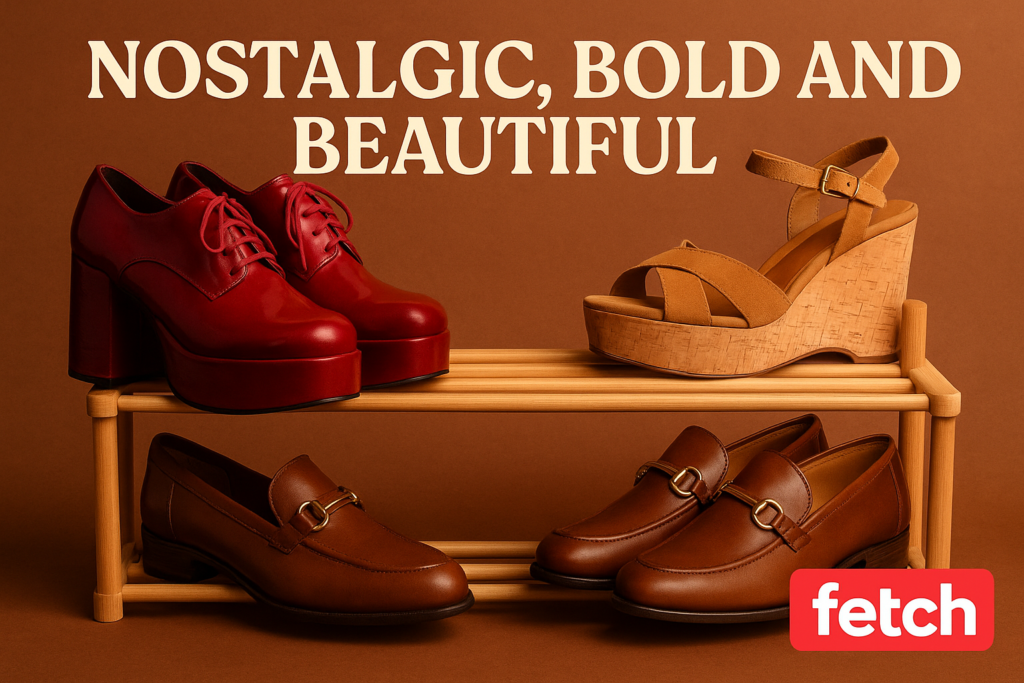
The 1970s were a vibrant era of fashion, where shoes were fusion of bold statements and luxurious accessories. From disco floors to city streets, the footwear of the ’70s reflected the decade’s dynamic spirit. Here’s a look at 12 iconic shoes that defined what it means to be “cool” during that groovy time.
1. Platform Shoes
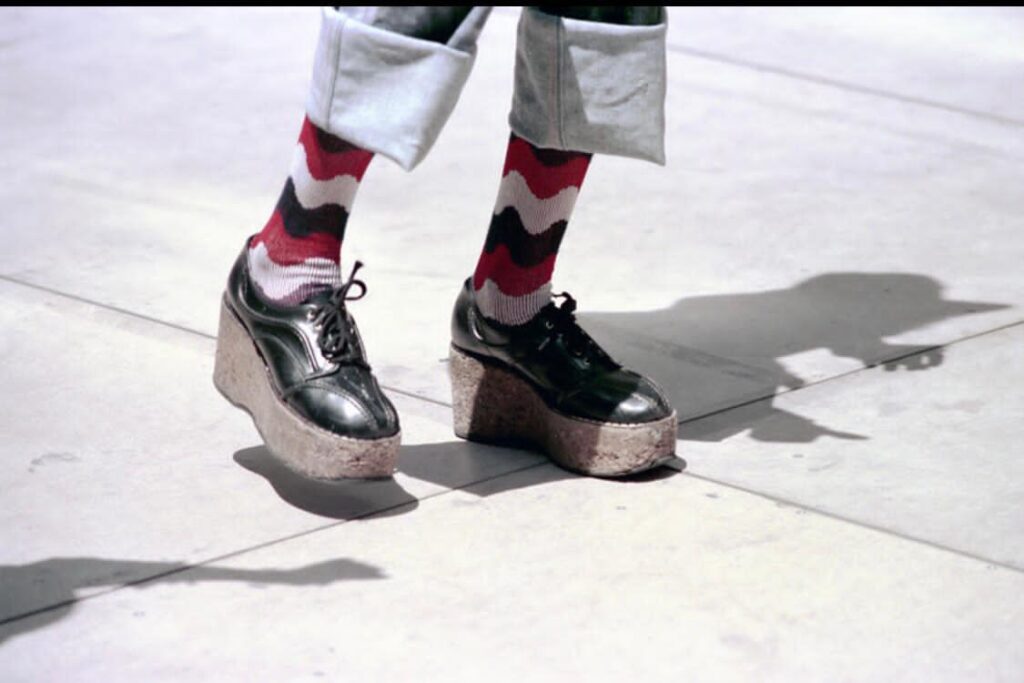
Platform shoes were the epitome of ’70s fashion, adding literal and figurative height to one’s style. Worn by both men and women, these shoes featured thick soles and bold designs. Musicians like David Bowie and bands like KISS popularized them, making platforms synonymous with the glam rock scene. These shoes versatility also allowed for the transition from concert stages to everyday wear, embodying the era’s flamboyance. Source: en.wikipedia.org
2. Clogs
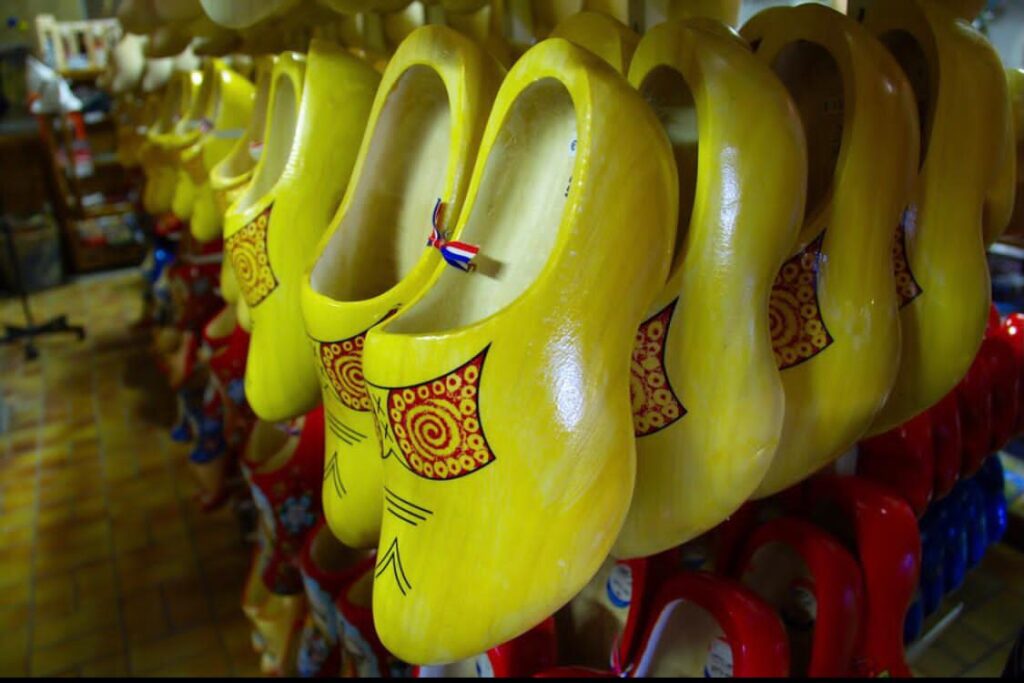
Clogs are wooden soles and leather uppers that offer comfort and style. Brands like Dr. Scholl’s popularized clogs with orthopedic support and fashionable designs. At that time, their slip-on nature made them a youth favorite, symbolizing a laid-back yet trendy attitude. Today, clogs remain popular, with designers incorporating innovative materials and styles, from chunky heels to sleek, minimalist designs, appealing to diverse tastes and preferences. Source: scholl-shoes.com
3. Earth Shoes

Earth Shoes, introduced by Anne Kalso, a yoga instructor, featured a negative heel design promoting a natural walking motion. They were also marketed as health-conscious footwear, and this appealed to the ’70s’ environmentally aware and health-focused individuals because it emphasized ‘natural living and holistic health’. Further promoting its popularity among those seeking alternative lifestyles and sustainable fashion. Source: kalso.vanngroup.com
4. Go-Go Boots
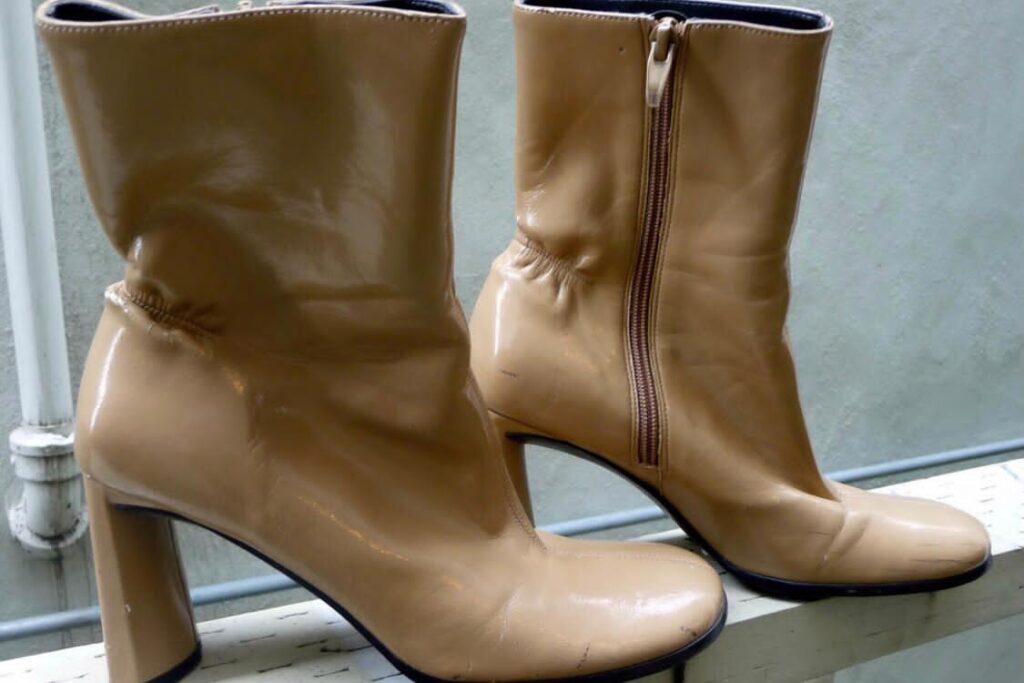
Originated in the 1960s, go-go boots maintained their popularity into the ’70s. these boots are characterized by their knee-high length and low heels, and they were often made of shiny materials like patent leather. These boots also became synonymous with dance culture, because fashion icons like Barbra Streisand, Twiggy and Farrah Fawcett popularized the Go-Go boots trend, pairing them with mini skirts and dresses especially in discotheques. They were also a favorite among fashion-forward women. Source: en.wikipedia.org
5. Adidas Superstar
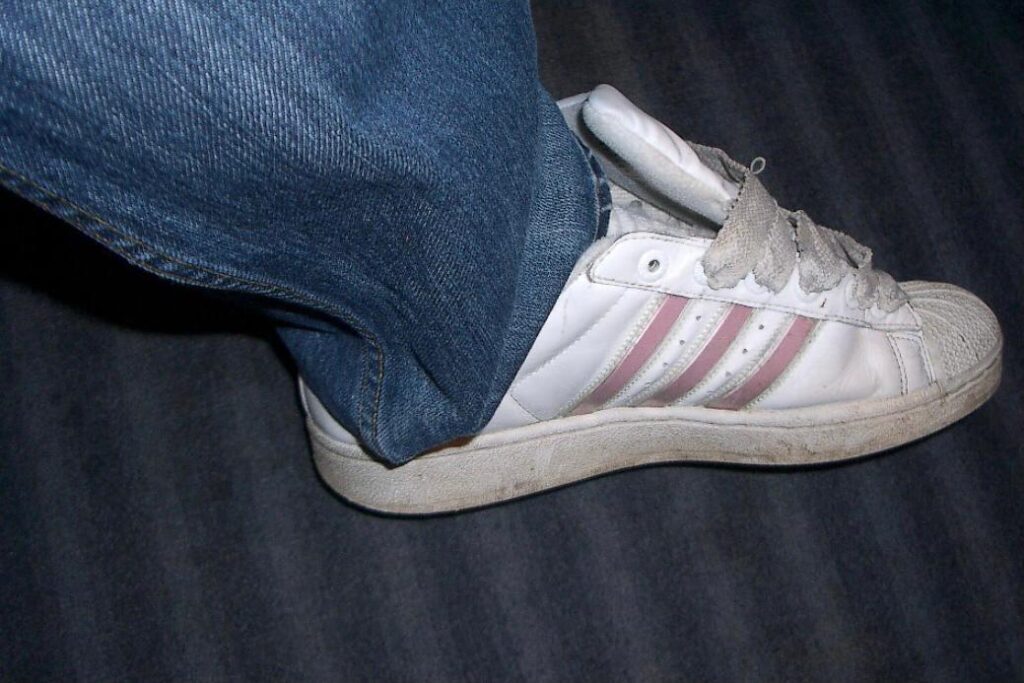
The Adidas Superstar, launched in 1969, revolutionized basketball footwear with its rubber shell toe and sleek design. Adopted by NBA stars like Kareem Abdul-Jabbar, it transitioned from courts to streets, to becoming a must-have in urban fashion. The Superstar’s popularity also soared in the 1970s and 1980s, particularly among hip-hop artists like Run-DMC, who cemented its status as a cultural icon. Its influence further paved the way for modern sneaker culture, with collaborations and limited editions to drive its enduring appeal. Source: adidas.co.il
6. Frye Boots
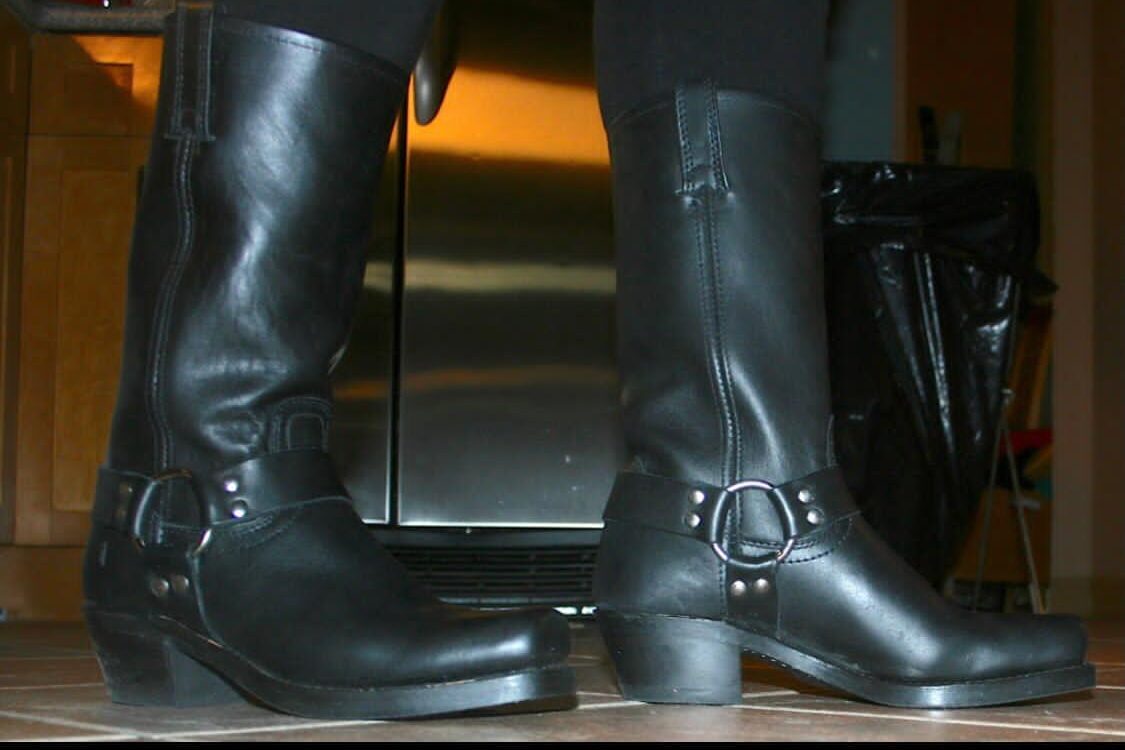
Frye boots embodied Americana with their rugged leather construction and timeless design. Founded in 1863, Frye’s boots were prized for durability and craftsmanship. In the 1970s, their boots became a must-have in country and folk fashion, favored by icons like Emmylou Harris. Either paired with jeans, dresses, or skirts, Frye boots also added a touch of rustic charm, symbolizing a connection to the American West and traditional values.
7. Mary Janes
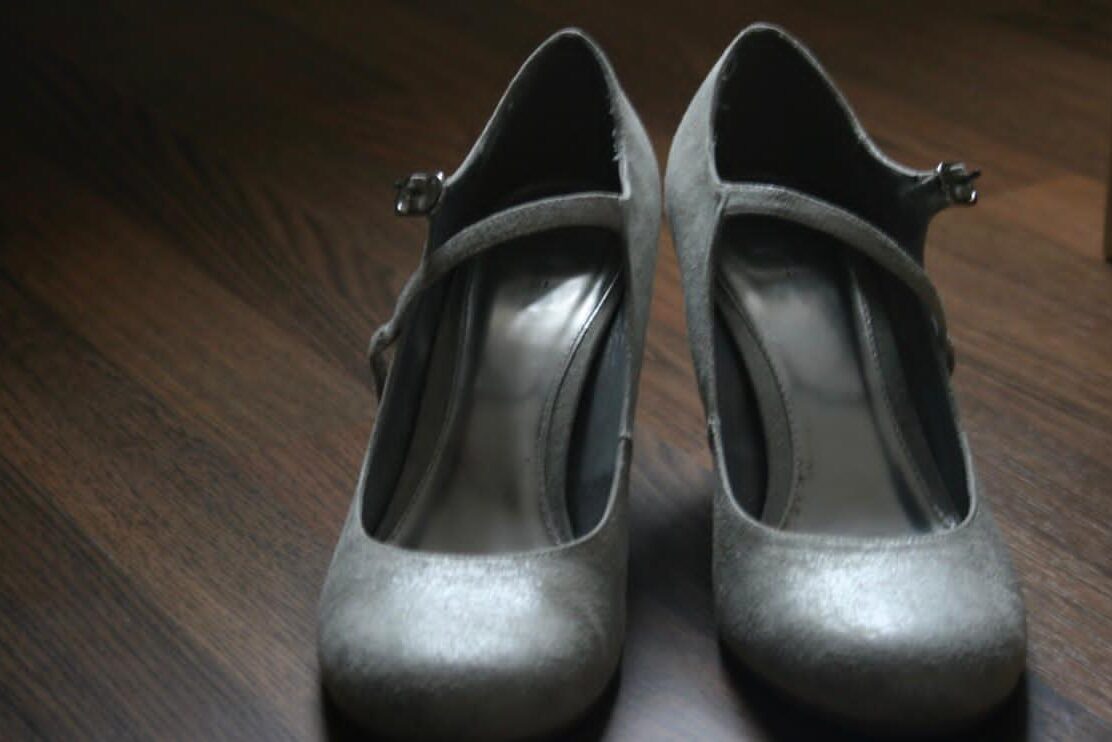
Mary Janes, with their signature strap and chunky heels, exuded charm and femininity. Popularized in the 1970s, they were often adorned with buckles, bows, or embroidery. Their comfort and versatility made them common in many women’s wardrobes, suitable for everything from casual outings to formal events. Iconic figures like Audrey Hepburn often wore Mary Janes, cementing their status as a timeless fashion classic.
8. Wedge Sandals
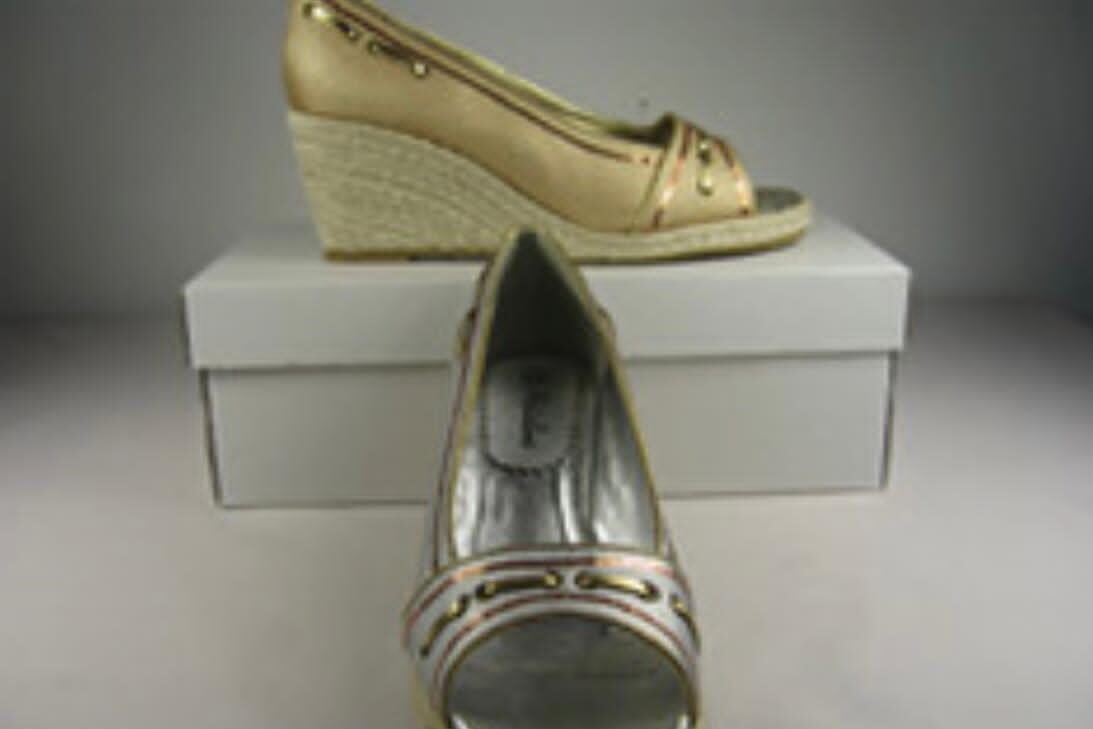
Wedge sandals epitomized 1970s summer style, offering height without heel discomfort. Their continuous sole design provided stability, making them perfect for beach parties and outdoor events. They were also adorned with colorful straps, flowers, or patterns, wedge sandals captured the era’s playful vibe. In this era, they remain a nostalgic symbol of the decade’s successful fashion experimentation.
9. Desert Boots

Desert boots, originally designed for British soldiers in World War II, found a new audience in the ’70s which was the general public. Their suede construction and crepe soles offered comfort and style, making them a go-to for casual wear. They were also paired with jeans or slacks, which added a touch of elegance to everyday outfits.
10. Loafers
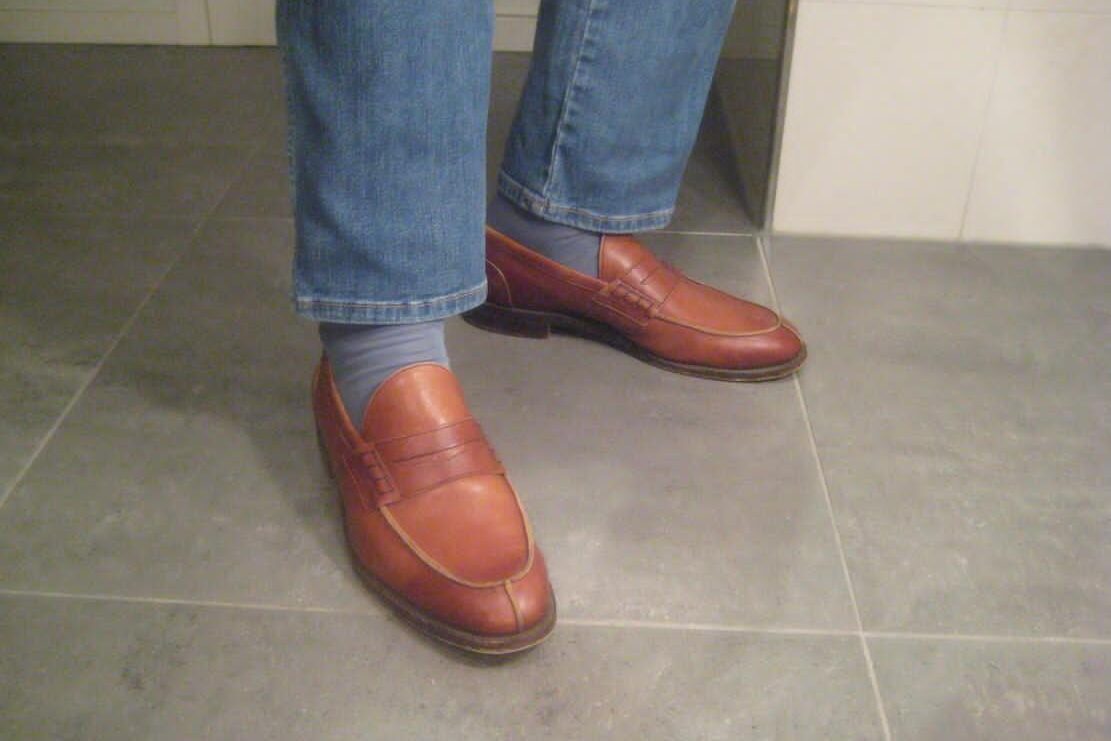
Loafers, especially those with tassels or penny slots, became synonymous with the preppy fashion. Their slip-on design and polished appearance made them suitable for both work and leisure. They are often crafted from leather and were available in various colors. Overall, loafers were a versatile addition to the ’70s wardrobe.
11. Espadrilles

Espadrilles, with their canvas uppers and jute soles, brought a touch of Mediterranean charm to ’70s fashion. They were made to be lightweight and breathable, and were perfect for warm weather and casual outings. Their simple yet stylish design also made them a favorite among both men and women seeking comfort and elegance.
12. Engineer Boots
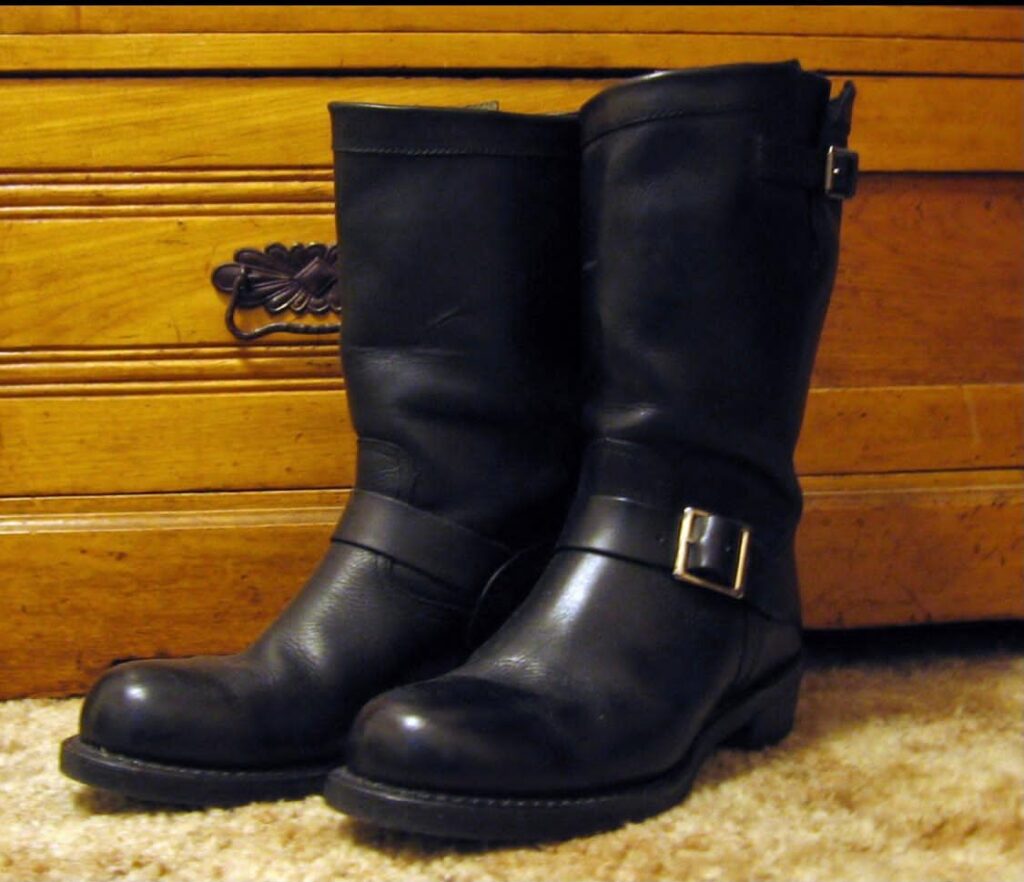
Engineer boots, were characterized by their sturdy leather construction and buckle straps, and were embraced by the rebellious youth of the ’70s. Originally designed for workers, they found a new audience among bikers and punk enthusiasts due to their rugged appearance and association with counterculture movements. This made them a symbol of defiance and individuality.
Whether you’re a vintage enthusiast or just curious about past fashion trends, exploring ’70s footwear offers a glimpse into a transformative era. Stay tuned for more iconic trends that has continued to influence today’s styles.


